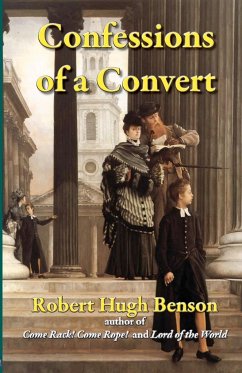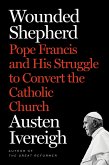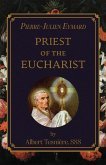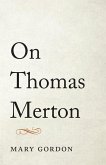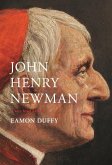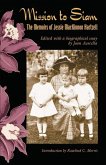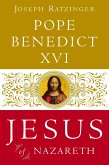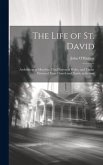At the turn of the century, Robert Hugh Benson became one of the most famous converts from Anglicanism to Catholicism in England. This is his story, told in his own words. "The Unsung Genius of the Catholic Literary Revival" Benson's masterly Confessions of a Convert stands beside John Henry Newman's Apologia pro Vita Sua and Ronald Knox's A Spiritual Aeneid as a timeless classic in the literature of conversion. ~ Joseph Pearce, author of Literary Converts He knew that there was only one relationship of absolute value, that of the soul to God. How was he to approach God, how best serve Him? ... in each of his novels one can see a sketch of what he thought might possibly be the type which God was seeking to produce in him. ~ Evelyn Waugh I always looked on him as the guide who had led me to Catholic truth - I did not know then that he used to pray for my conversion. ~ Msgr. Ronald Knox

